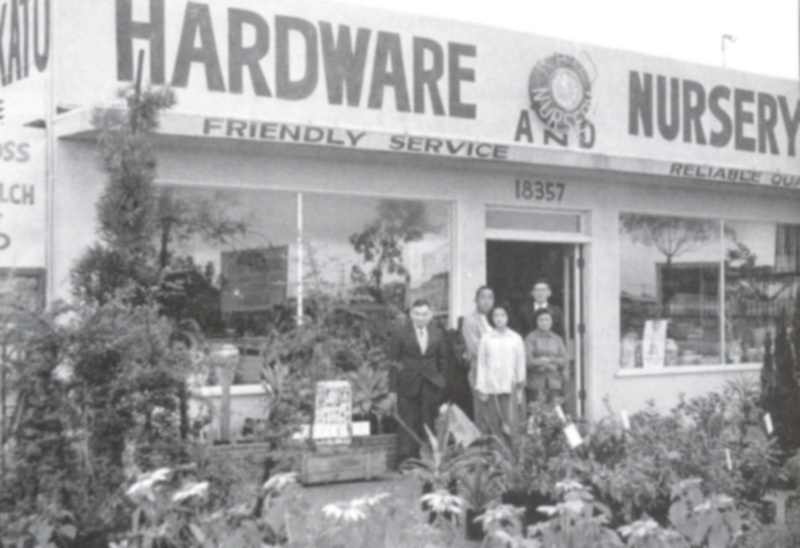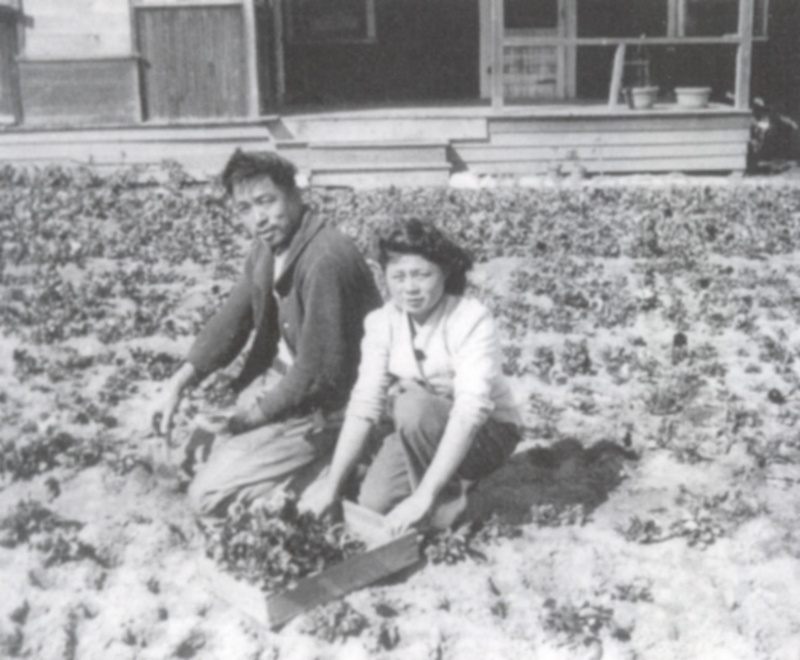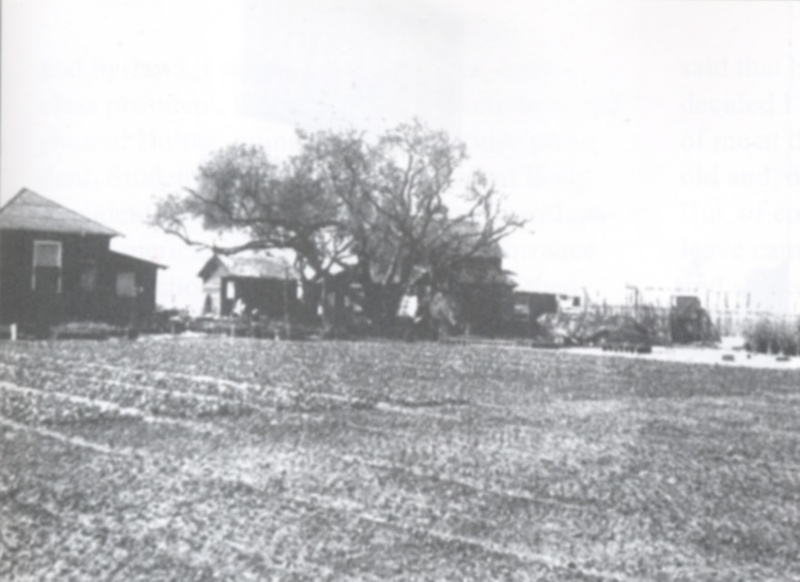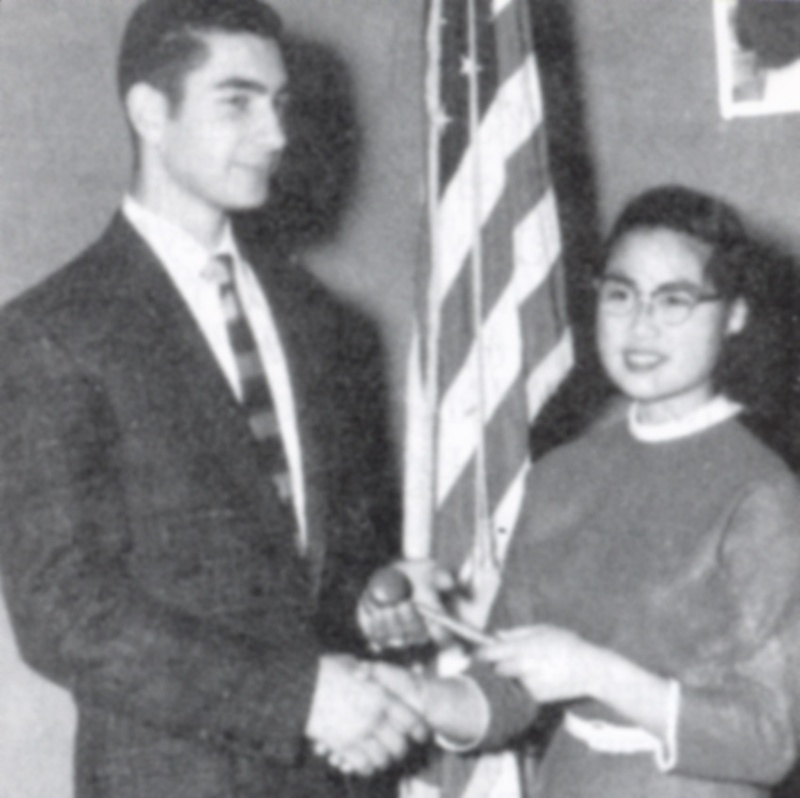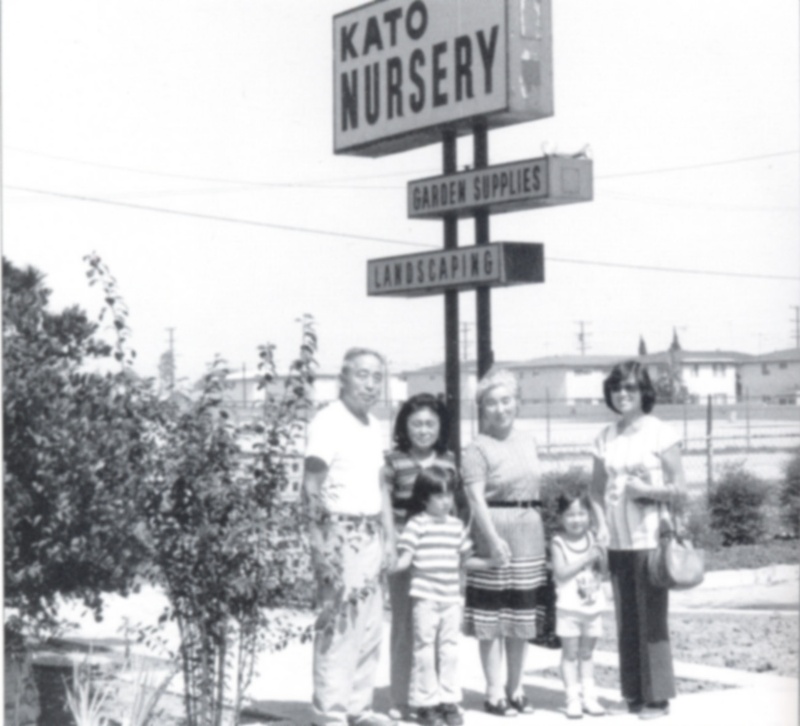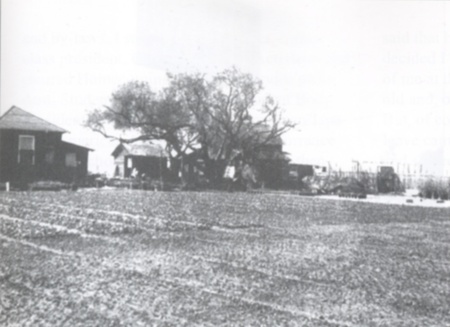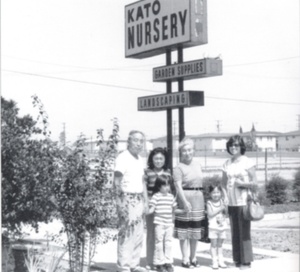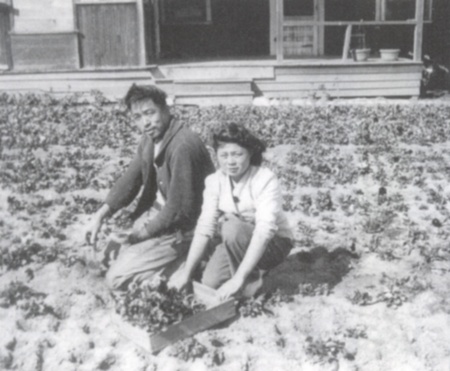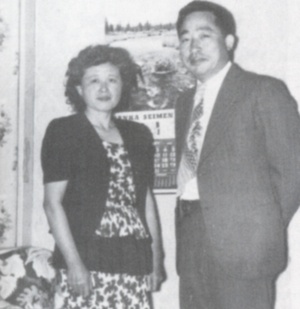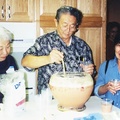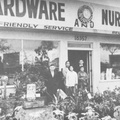For Japanese Americans of my generation (second generation Nisei over 60), the source of our moral and cultural values is both clear and easily defined.
Our moral and cultural values spring from the Japanese cultural heritage of our parents and grandparents. If a group of Nisei, unacquainted with each other, were to gather in a room and a discussion arose about our childhood days, you would find an instant bond as the sharing of stories showed common stories of Issei (first generation) values.
What are some of these values? The list would most certainly include stories of values that we seemed to learn through osmosis, i.e., by what our parents practiced rather than said:
1. gaman—perseverance and endurance of hardship
2. haji—do nothing to embarrass your family
3. giri/on—remember your obligations
4. mottainai—don’t waste anything, especially food
5. obey your parents without question
6. work hard
7. study hard
Expectations were crystal clear and the consequences of disobedience were just as clear and swiftly dealt with. Our Issei parents were not of the Dr. Spock generation of American parents. They did not concern themselves with talking over problems or somehow damaging their children’s psyche with harsh words or punishment. All a father (it was almost always the father) had to do was say a child’s name with a raised voice and that child would quake in his shoes. If we were in a public place, such as a doctor’s office, we sat quietly. We would not have dared to run around or fight with each other as children of later generations have been wont to do.
All my childhood friends grew up with family-owned businesses—usually nurseries or farms. This likely was because we grew up in Torrance and Gardena, called the inaka or “the country” by Japanese and Japanese Americans living in L.A. Gardening, farming, and nurseries were the primary sources of livelihood for the postwar Issei.
My parents operated Kato Nursery at 182nd and Crenshaw Blvd. in North Torrance, from 1947 to 1959, when they were eminent domained for the 405 freeway. The state did not treat my parents fairly, and they were barely able to move to Artesia Blvd. in Gardena near the present Marukai. The business closed in 1958 because of my father’s death in 1978 and my mother’s brain aneurysm and failing health. For several years, and even now, I would meet Japanese Americans in Gardena who had known my father and Kato Nursery. It was a fixture in Torrance-Gardena and surrounding areas, such as Palos Verdes and the beach cities. They had been in business continuously from 1947 to 1985. In the late ’40s, they grew pansies in the front of the house, then later expanded to chrysanthemums, and later diversified to a variety of plants and supplies.
And we all worked, from a young age, to help our parents. There was no choice but to work; that was our obligation to our parents—but also, it wasn’t something that we thought, “I don’t want to.” Our parents took it for granted, and we did as well. I sold pansies on the street before I even knew how to count change. During the summer, my brother and I were awakened before dawn to plant chrysanthemum seedlings before the sun became too hot.
There was seldom such a thing as an allowance. Not in my family at least. I was seven years old—maybe younger—and I worked every day after school and on the weekends. We had no summer vacations nor did we travel. The only “trip” I can remember is going to San Diego one day. “Play” was not a word in my parents’ vocabulary. After all, did they have time for play? We either worked or studied. Although I do have memories of playing board games, like Monopoly—but in the evenings. It wasn’t until my first day at USC when I actually could get up after 7 a.m. for the first time in my life! I dormed because my mother said they would call me out to work if I lived at home, taking time from my studies.
School was my only rest from working. I think that was the reason I became very active in student government. Consciously, I liked participating in school activities, such as the school orchestra and student government. But, who knows, maybe it was my subconscious that made me active at school. Whenever I had a school activity during my normal work time at home, there was no argument from my father. I could do anything if it was the school—even though it was fun—did he know? Maybe my father knew the value of volunteering; he never told me. My father was active with his Kagoshima prefectural organization and always attended meetings in the evening. He was a charter member of his hometown village, Kaseda—the association called Kaseda-kai, formed in 1925 to be a source of social and financial help to the Kaseda Issei. He also supported the local judo club and the Gardena Buddhist Church, where I attended Japanese language school on Saturdays for 10 years. While cleaning up after my mother died in 1999, I discovered slips of paper that showed their donations for local Gardena organizations, such as the Girl Scouts and the YMCA. They gave even though I know they were regularly financially strapped.
We lived a very frugal life. Up to the 8th grade, I got only one new dress and pair of shoes for the school year. I remember, in the 7th grade, I was overjoyed when I got an outfit that was reversible: a bolero, a blouse, and a skirt, in solid and plaid. I could have seven outfits! I realized in my adulthood that I don’t think I fooled anyone into thinking that I had seven new dresses. Everything was bought big and we grew into them. After my home economics class in the 8th grade, I began making all my own clothes, through college and into my early years of marriage. It was the only way I could afford clothes.
The early years of our marriage were very difficult financially, so making my own clothes, using coupons, recycling household grease at Vons Market, buying day-old bread and powdered milk, and eating out only once a year on our anniversary were ways to save money. I was shocked after we moved to Torrance to find out that none of the women worked, and their husbands took them out to dinner EVERY week. After the children were born, I sold Tupperware and tutored after school, later returning to teaching—in Adult Education—when the children were older. Since I became a widow in 2005, I finally, for the first time in my life, thought “why not?” and have bought things without coupons or being on sale—at least some of the time.
I had the strangest, weirdest experience about a year ago. I was standing at the door, ready to put on my shoes, and I absent-mindedly thought to myself that I had to find a piece of cardboard. It was an “omigod” moment as I realized my mind went back to childhood when we put cardboard in our shoes when holes appeared in the soles, thereby lengthening the time before we absolutely had to buy new shoes. And my shoes that day had NO holes. I had grown up from a toddler into adulthood with mottainai, gaman, and shikata ga nai clearly and permanently embedded in my psyche.
I was the only one of the three of us children who was extremely active in school. For six years, from the 3rd to the 8th grade, I wrote six to eight plays a year. I would cast my classmates, direct them in rehearsals, do the props and costumes, and then we presented the plays in front of our classmates. My classmates clamored to be chosen for a part because it was so much fun. I wrote plays for all the holidays but also l did a “radio” play called “Land of the Mau Mau,” when the cannibalistic Mau Mau were terrorizing villages in Africa. We strung a rope across the front of the room, threw an Army blanket over it, and plugged into the outlets of the adjoining classroom, and—we were on “radio!” Television did not exist yet, so putting on a “live” TV show was not even a reality to consider. I became very well known among the teachers. My 7th grade teacher said she had looked forward to my being in her class. She even asked me to write a play that demonstrated the correct and incorrect usage of grammar.
In high school, I turned to student government and held offices at every level. My first two attempts at running for office, in the 9th grade, were met with defeat. But, I persevered. When I won my first office, secretary of my Sophomore (10th grade) class, I defeated one of the most popular girls in the 10th grade. My homeroom teacher thought at first, like everyone else—including me—that I would lose. When I won, he came to me and said, “Well, I guess this proves you can never say die.” I went on to win other offices.
When North High School opened in 1955, opportunities, not only for me but other Japanese American students, opened. It was an awesome experience because we established all the traditions for North, deciding school colors, school song, mascot, setting up organizations, and writing the constitution and by-laws. I served as a cheerleader, Junior class president, Commissioner of Activities and chaired Homecoming, honorary service president, Student Court Judge, and Student Body President. I was the first Asian American/Japanese American ASB president in the Torrance Unified School District, I’m sure. Since then and earlier, Torrance High had only male ASB presidents, all white. My last service for North High was Commencement chairman and one of three Commencement speakers. At USC, I was selected for the Freshman and Sophomore class councils, Spurs—a national honorary Sophomore women’s society, Nisei Trojan V.P., and president of Sigma Phi Omega.
Throughout my school days of activities, my parents never once complimented me or recognized what I did. I found out only a few years ago from one of my father’s Kaseda-kai friends that he had thought of me as a responsible person. Tommy Yamashita, one of his “drinking buddies” in the old days, told me three things that I heard for the first time.
One, when I was asked by USC in 1963 to be one of three teachers to pilot a Japanese language program funded by Carnegie Foundation and supervised by USC at James Monroe High School in the San Fernando Valley, he told Tommy that he was the one who encouraged me to take the position. I really don’t recall my father saying anything.
Two, Tommy said my father told him that of the three children, I was the only one he didn’t worry about. Funny—two sides of the same coin, I always felt left alone—the middle child—and had to take care of myself, to be super responsible.
Three, after Pearl Harbor when the Army took over the leased nursery property in Inglewood because it was near LAX (Los Angeles International Airport), we were virtual prisoners with camouflage nets and machine guns around the property. My father even had to be okayed to go on and off the property. He asked my brother and me one day if we wanted to stay with our grandmother. My brother said yes right away, and I said no. My father told Tommy that I had protested and said that it was our home and I didn’t want to leave. He said that he thought about what I had said and decided I was right, and that he was so proud of me at that time. I was a little over two years old and, of course, remember nothing of that. But, of course, we did leave. When orders to leave came in, we moved to West Los Angeles and stayed with my uncle, my father’s younger brother, until we were taken Manzanar.
The lack of communication with my parents, even though my mother spoke English, was just a given, and I gave it little thought. It was “normal.” Mealtimes were not for sharing experiences. We were quiet and just ate. I have no tales of my father’s youth, his bachelor days in California, his hardships on the farming routes that immigrants took. It was in 1978 when I was doing oral histories with the seniors at the Gardena Valley Japanese Cultural Institute that doing my father was at the back of my mind. On July 28, 1978, my husband George, was taking a shower, thinking the same thing. However, a few hours later, my father died in a collision with a Kawasaki motorcycle, dying of blunt force trauma when the motorcycle broadsided him at the very dangerous 235th and southbound Western Avenue, which had no stop sign or signal, and still doesn’t. (I wrote a letter to the Daily Breeze a few years ago when Torrance City Council members objected to the proposed signal because it would harm Torrance’s “image” by creating a thoroughfare for commuters from Crenshaw to Western. I said in the letter, “So, it’s preferable to have an image rather than to save lives.”)
I do remember the one and only personal communication I ever had with my father in the summer of 1963, when I was at a Japanese language teachers institute at Seton Hall in New Jersey, I wrote my father letters in Japanese—kanji and all. He wrote back, of course in Japanese, and said tears came pouring out of his eyes (“poro poro”) when he read my letters.
I returned home, and we were back to “normal.”
Author’s note: This was written as an assignment for a salary point class, Socioeconomic Cultures & Academic Underachievement, in May 2001, and titled, “How I Am, Who I Am Today.” Parts were revised to fit better with the theme of this Nanka Nikkei Voices publication.
* This article was originally published in Nanka Nikkei Voices: The Japanese American Family (Volume IV) in 2010. It may not be reprinted or copied or quoted without permission from Japanese American Historical Society of Southern California.
© 2010 Japanese American Historical Society of Southern California


